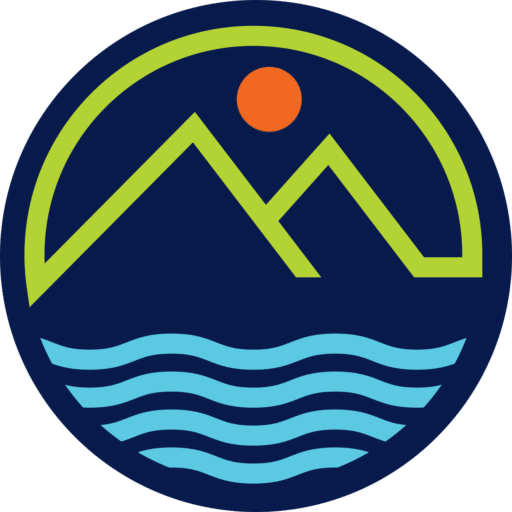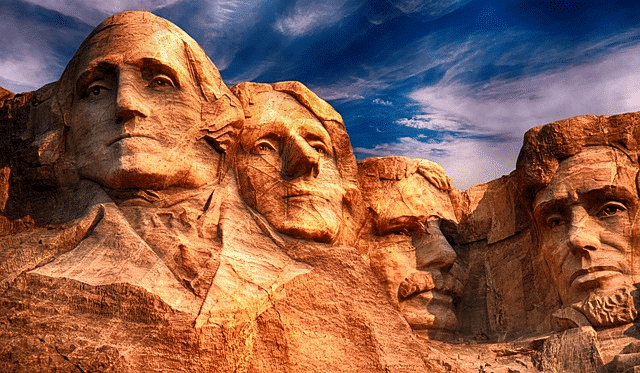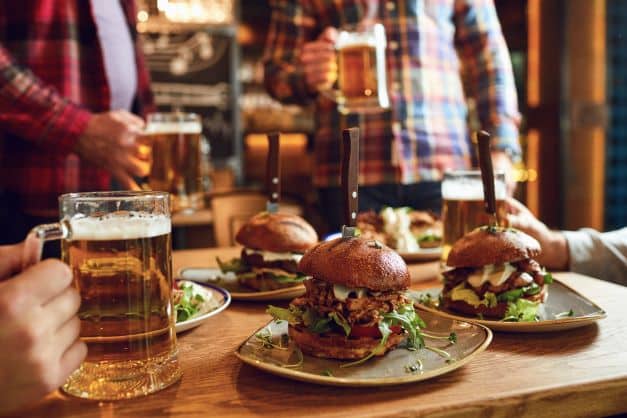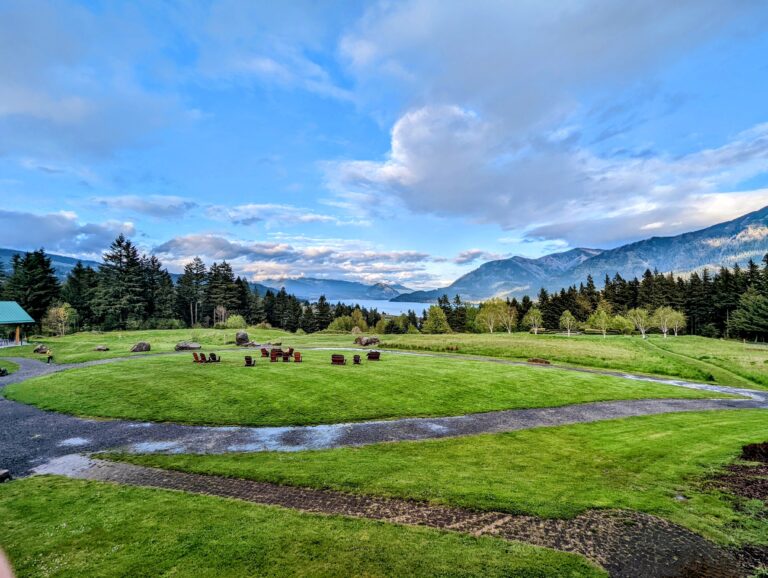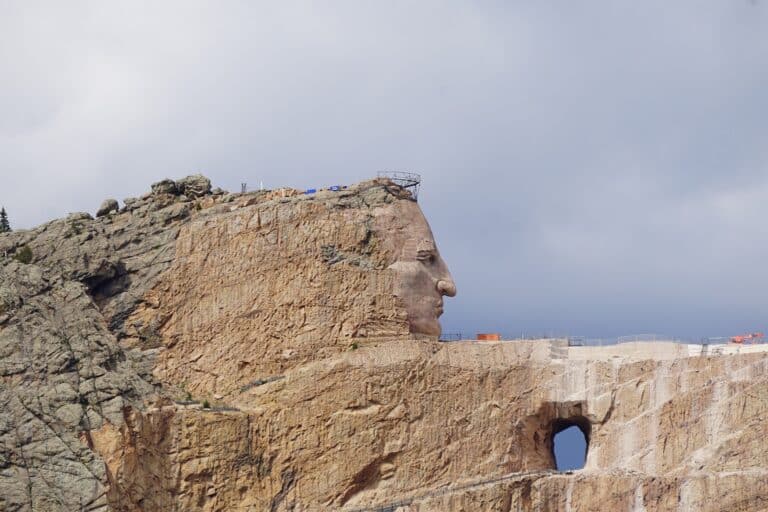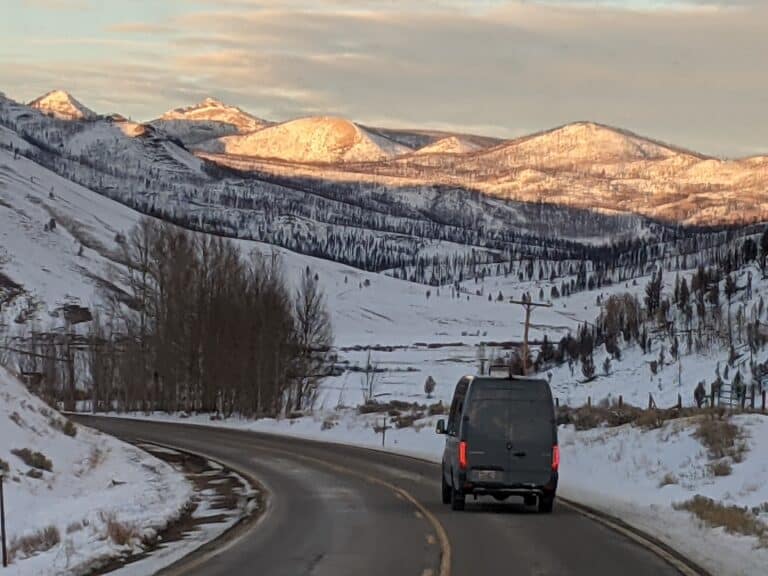Maui’s Tantalizing Magic: 18 Beautiful Must-Visit Spots!
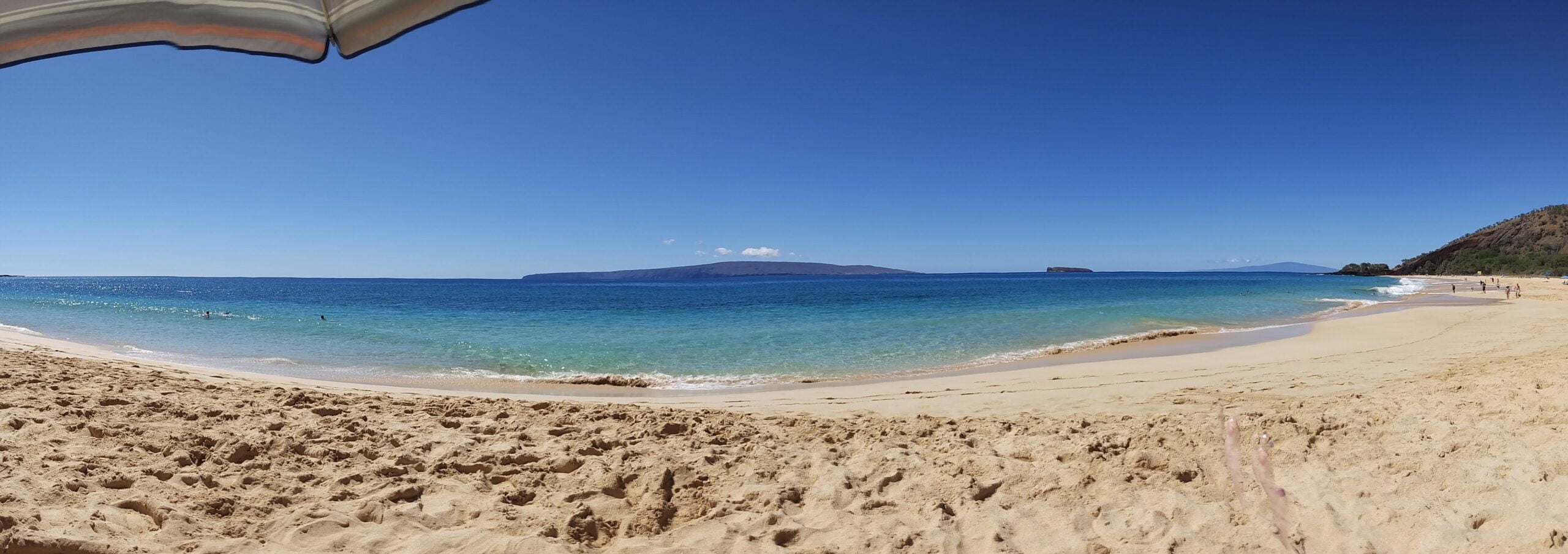
Our content may include affiliate links, through which we earn a small commission on purchases. Want to learn more about us? Read here.
Is Maui worth visiting? When you arrive, you will feel something magical about Maui, so yes, it is worth visiting. Known for its world-famous beaches and as the second-largest Hawaiian island behind the Island of Hawaii, there is much to discover and explore.
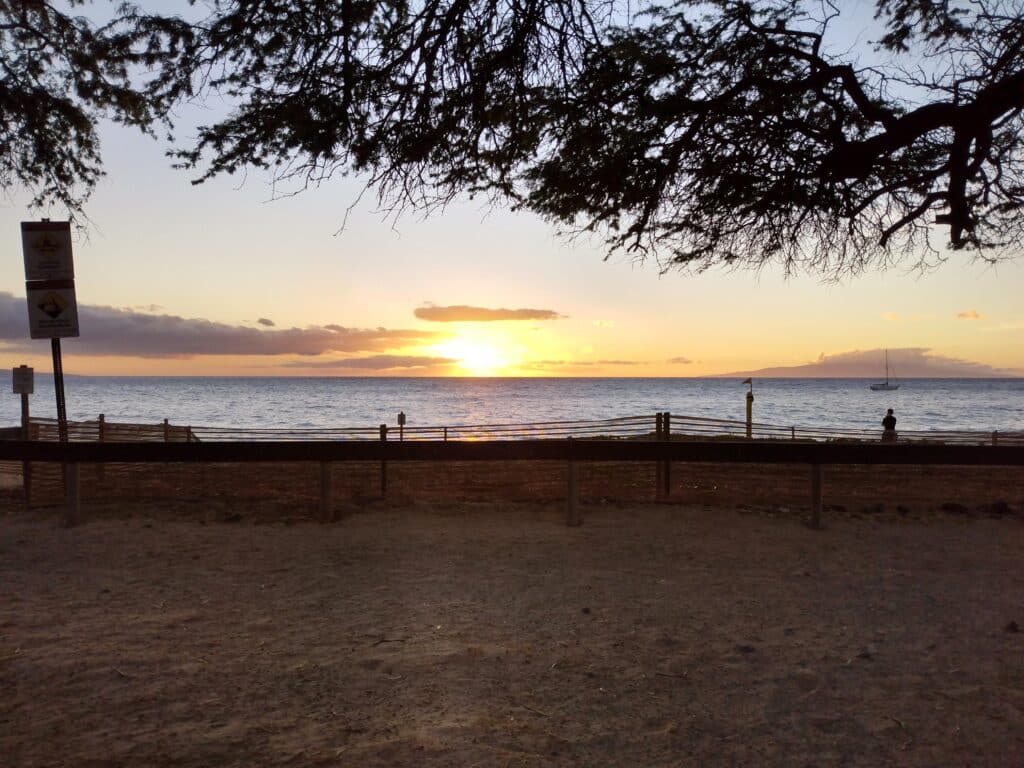
Road to Hana

This Road to Hana is not to be missed on your trip to Maui and could be a list all its own. The 65-mile road trip out the Hana Highway to the remote town of Hana while making all the stops. You will need a full day to enjoy the rocky coastline, ensuring you have plenty of time to stop at all the beaches, visit the waterfalls, and explore the lush tropical forests.
Plenty of roadside attractions along the route are a quick stop for site viewing. For the more adventurous, the highway passes many trailheads for longer hikes. Plan to lunch in Hana and be sure to make a stop for roadside banana bread sold along the route.
The Shaka Guide has a wonderful downloadable app that connects with your phone’s GPS and acts as your tour guide. We highly recommend using this app or another to help you easily locate the sites along the route that aren’t always marked and for the wealth of information they provide.
Haleakalā National Park

Unlike anywhere else, this dormant volcano stands 10,023 feet above the Pacific Ocean. Many visitors come to the park to view the sunrise from the summit over the crater. Local tour operators bring groups of people up to view the sunrise and ride bikes down through the upcountry towns and out to the coast.
Sunset and stargazing are other ways to experience this sacred place. There are numerous hiking trails, visitor centers, and wilderness camping. Plan for all weather conditions, including below-freezing temperatures at the summit (especially if you visit for sunrise), even during the warmer summer months.
Lāhainā, Old Town, and The Banyan Tree

No trip to Maui is complete without a visit to Lahaina. It’s the largest town in Maui and was once a historic whaling village. Today, Lahaina is a Maui hotspot with art galleries, shopping, and restaurants throughout the historic Front Street.
Lahaina is also home to the oldest living Banyan tree on Maui, estimated to be over 150 years old and an entire city block adjacent to the harbor. The Lahaina harbor is where you will find most of the boat tour operators and where the cruise ships dock.
Update: Due to the devastating fires in 2023, the Banyan Court may not be open.
Makena State Park
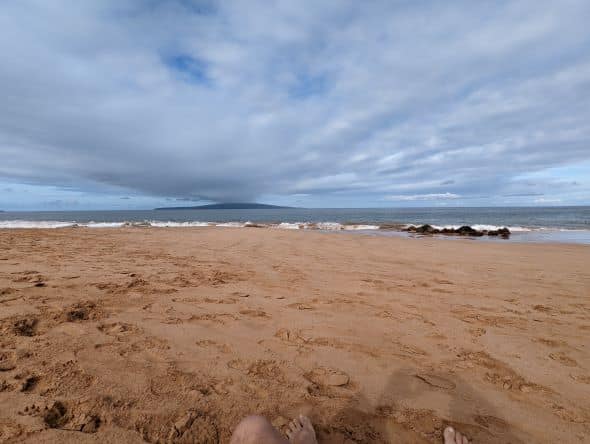
A favorite beach of ours and often a first stop when we arrive. This is a must for anyone looking for a stretch of undeveloped beach away from the hustle of the towns. Aside from lifeguard towers, you won’t find anything other than an untouched beach and not a building in sight.
Makena State Park comprises three beaches, with Big Beach, the largest stretching 1.5 miles long and plenty big for you to find solitude. Big Beach is great for sunbathing and bodyboarding.
Little Beach, just 600 ft long north of Big Beach, is known as a local surf spot and nude sunbathing. Beyond Little Beach to the north is Naupaka Beach, a small black sand beach. There is a $5 parking entrance fee, and if you get hungry, local vendors sometimes sell out roadside food trucks as you enter the park.
Otherwise, pack everything you need for a day on the beach. A word of caution: Big Beach is known to have ever-changing ocean conditions, so be mindful of the surf and any warning flags.
Whale Watching
If traveling between November and May, you will visit during the humpback whale season. This is a rare treat and something worth the trip to Maui. The peak time to view humpbacks is from January to March each year.
This is the annual winter migration of the humpbacks from Alaska to the calm waters off the coast of Maui to breed, give birth and raise young calves in the safety of the warm Hawaiian waters. It’s estimated that 8000-10,000 whales return each year.
Whales can be viewed from many locations on the island from shore, but for your best viewing, tour operators will take you out for a closer view.
Upcountry

If you need a break from the beach, the Upcountry region of the lush tropical countryside on the fertile slopes of Haleakalā is worth the drive. This area includes the towns of Makawao Town and Kula.
Makawao is an eclectic crossroads of a modern art scene that meets Hawaiian cowboy town. The main street in Makawao is a good spot to eat, visit a gallery, shop and walk around. Check out the below spots in Kula on your visit.
- Ali’i Lavender Farm
- Grandma’s Coffee House – Great spot for coffee and a bite to eat.
- Maui Goat Yoga – More goats than yoga, and fantastic countryside and ocean views.
- Upcountry Farmers Market – Open every Saturday morning.
- MauiWine
Molokini
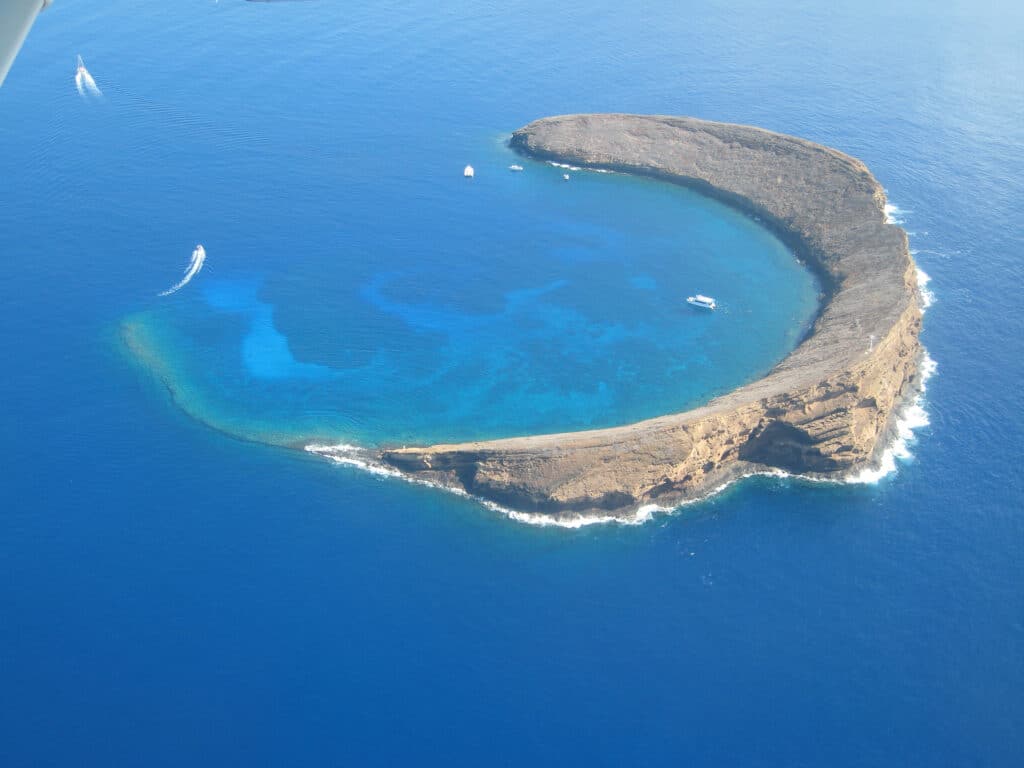
This world-class snorkel and dive spot, just off the coast of Maui, lays the islet of Molokini, a partially submerged crescent-shaped volcanic crater. Beneath the surface, crystal clear waters are home to a marine sanctuary with a thriving reef home to over 250 species of fish, many only found on Maui.
Snorkel and dive boat tour operators leave each day from Maalaea Harbor Bay.
Pa’ia Town
Situated on the North Shore and often the last stop before embarking on the Road to Hana is Pa’ia Town. With a laid-back atmosphere and surfer vibes, this is a great place to check out the local shops, grab a bite to eat, and visit Pa’ia Bay.
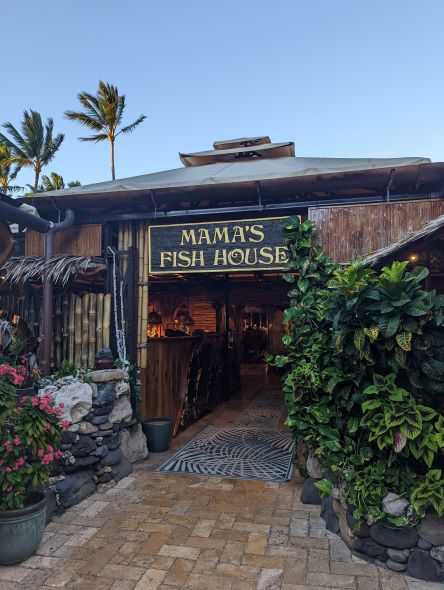
Unlike the resort areas, Pa’ia caters to the locals and tourists, so you can find more affordable restaurant options. But if you are looking for a memorable dining experience or celebrating, visit Mama’s Fish House – Be sure to plan. Reservations are often booked out six months in advance.
Kihei
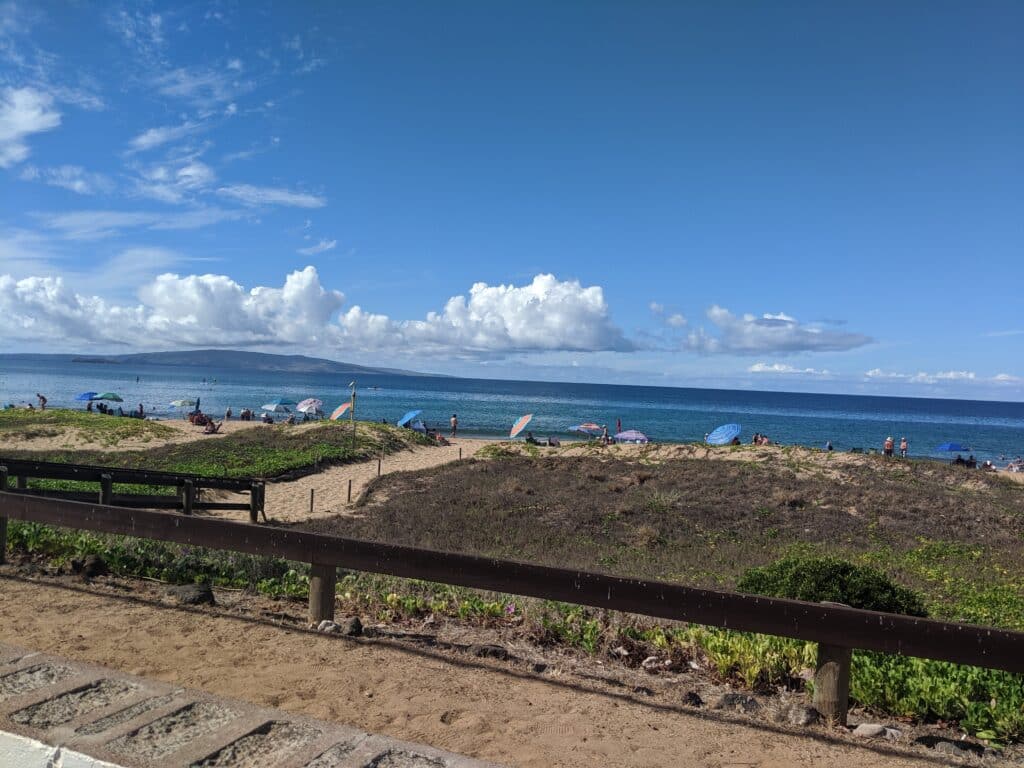
Kihei is on the island’s southwest side and is our home base when we are on Maui. This beachside town has a laid-back vibe, a good mix of locals and tourists, and more budget-friendly options than the large resort areas.
It is located on the sunny side of Maui, much warmer and drier than other parts of the island. Beach parks access over 6 miles of beautiful golden sand beaches, so you don’t have to go far to dip your toes in the ocean.
You will have ample access to watersports here, including diving, snorkeling, surfing, stand-up paddleboarding, sunbathing, swimming, kayaking, and more.
Waiʻānapanapa State Park
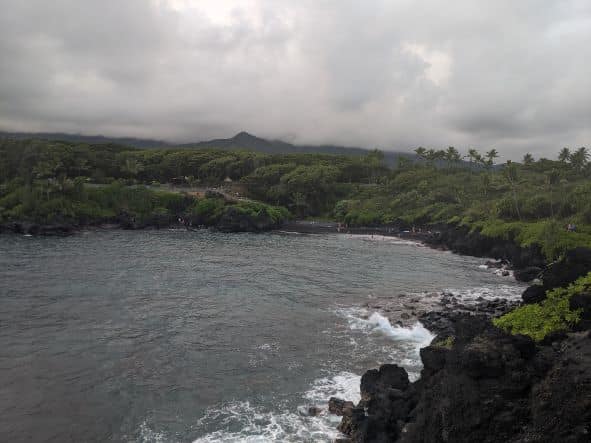
It is a 122-acre state park and the home of Maui’s only black sand beach in Hana. This park is worth the trip to Hana, even if it’s your only stop. When Haleakalā erupted hundreds of years ago, hot lava entered the ocean near Hana.
The lava cooled quickly and shattered into tiny pieces of black basalt and black sand. The park has seabird colonies, many natural lava rock formations, and natural arches, stacks, and blowholes.
Various recreation options include hiking, swimming, fishing, camping, and beach time. Reservations and a $5 non-resident entrance fee are required to visit.
Kapalua Coastal Trail
This 2.5-mile out-and-back trail is an easy stroll through a beautiful scenic coastline near Lahaina. The trail itself follows the coastline and is paved with some boarded walkways. Kapalua Bay Beach is a great spot to cool down in the water and enjoy great snorkeling, and it is known for spotting turtles.
Snorkel or Scuba Dive at Makena Landing
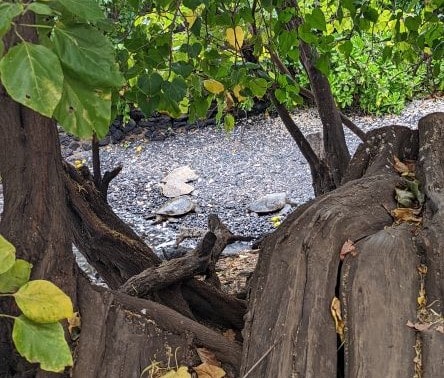
This beach park is along a large shallow bay in Wailea and is a great launching-off place for kayaking, stand-up paddleboarding, snorkeling, or scuba diving.
Not the best spot for sunbathing, but there are some beachside grassy areas with space for barbequing and spots to relax in the shade. For those looking to snorkel or scuba dive, this is your shore access point to Turtle Town, just off Nahuna Point on the rocky coastline.
Turtle Town is home to many green sea turtles and is frequented by many tour operators for the high likelihood of seeing turtles. The park has a few parking areas near water access, outdoor showers, restrooms, and gear wash stations.
No other amenities are on-site, so plan to bring your gear, food, or drinks.
ʻĪao Valley State Monument
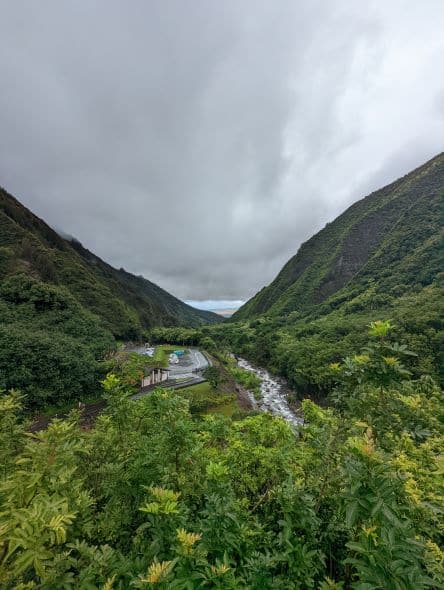
Located in the West Maui Mountains, this lush park is perfect for those looking to do something away from the beach. The park’s crown jewel is the 1200 ft ʻĪao Needle that jets from the valley floor. The ʻĪao Needle is a natural landmark comprised of lava and hundreds of years of erosion after the eruption of a now-extinct volcano.
Nakalele Point and Blowhole
Located on the North Shore, the rugged lava rock coastline was originally the result of lava cooling as it flowed into the sea. As the lava cooled, it left this beautiful point and natural blowhole.
From the parking area, it’s about a 1-mile round trip hike that takes you out to the point through the area known as the Acid War Zone and onto the blowhole. The terrain is rough, and you should plan to wear closed-toe shoes, which may not be suitable for those with physical limitations. Blowhole Safety Note: This site has no warning signs or barriers.
You are responsible for keeping a safe distance from the blowhole and understanding that the ocean can be unpredictable.
Honolua Bay
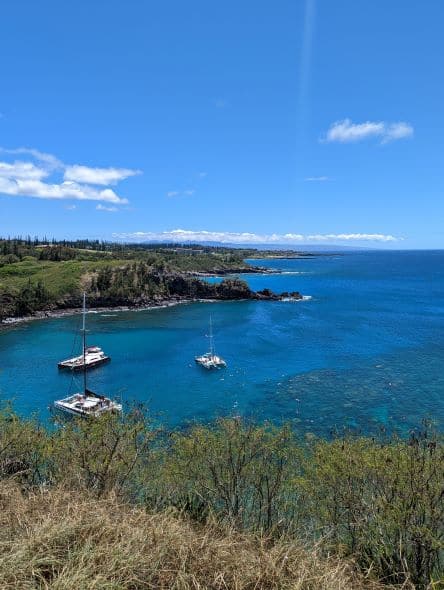
The gem of Honolua Bay is located on Maui’s northern shore. You won’t find any sand here, but don’t let that deter you. Honolua Bay is stunning and has some of the island’s best snorkeling and shore diving. The access trail to the bay leads you to an enormous Banyan and canopies of papaya trees. Be sure to bring a chair along with your beach and snorkel gear.
Honolua Ridgeline Hike

This hike is also on the northern end of Maui; our best advice here is to sign up with a tour guide. With a tour guide, not only will you have a chance to see plants and animals you otherwise would not see, but these guides also have access to private reserve lands and the area’s history as passed down through the generations.
You’ll see impressive Banyan trees, beautiful ferns, and breathtaking valley and mountain views. Our recommended guide service is Helewai eco-tours. Their guides are very knowledgeable naturalists and love to share their passion.
Napili Bay
Located on the west side of the island and near Lahaina. This golden white sand beach is perfect for sunbathing, swimming, stand-up paddleboard, and snorkeling. An outer reef protects the beach from swell, leaving mostly calm conditions and the occasional breaker.
Under the surface, you will find sea life, including a live coral reef and tropical fish. This is also a good sunset viewing spot with many nearby restaurants and bars.
Ho’okipa Beach
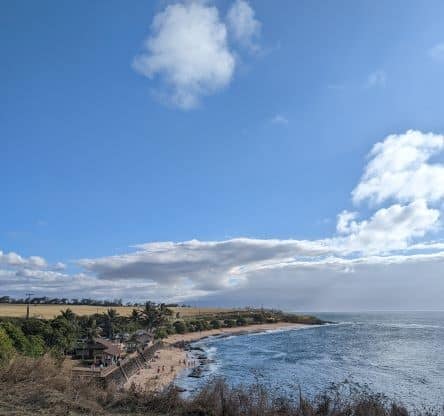
If you like to watch windsurfing or surfing, you’ll want to check out Ho’okipa Beach Park. This is where the pros showcase their skills. In my opinion, this place is not for us rookies. This is where we watch and learn.
There is some swimming here and two lifeguard towers at each beach end. If you are going to go out and give the waves a shot, watch the locals how to go out and come in or ask a lifeguard for their advice.
If you continue to Hana, there is Ho’okipa Lookout with parking, which gives a great vantage point to watch these folks do their thing.
Bonus tip: The Hawaiian Green Sea Turtles can be spotted hanging out in the water and resting on the beach. Look, but do not touch!
Frequently Asked Questions
Q: Where can I find sea turtles in Maui?
A: Sea turtles, especially the green sea turtle (honu), are a common sight in Maui. They are often found along reefs close to shore and can be spotted surfacing for air. Popular locations to see turtles include Turtle Town, Koieie Fishpond in North Kihei, and Ho’okipa on the North Shore, where they are frequently seen resting on the beach. It’s important to remember to give them space both in water and on land.
Q: What’s the annual weather like in Maui?
A: Maui enjoys beautiful weather year-round with minimal temperature fluctuations, making it an ideal vacation destination. The island is known for its unique sub-climates, so a short drive can lead you to sunshine if it’s raining in one area. The temperature can be regulated by jumping into the water or driving up a volcano to cooler elevations.
Q: What are the must-do activities in Maui for a one-week trip?
A: Maui offers a variety of activities for a one-week trip. These include snorkel tours to places like Molokini Crater, whale watching, sunset cocktail cruises, learning new water sports like surfing or paddleboarding, enjoying island views from a helicopter, or visiting the summit of Haleakala, the world’s largest dormant volcano. The specific itinerary can depend on personal interests, travel companions, and vacation goals.
